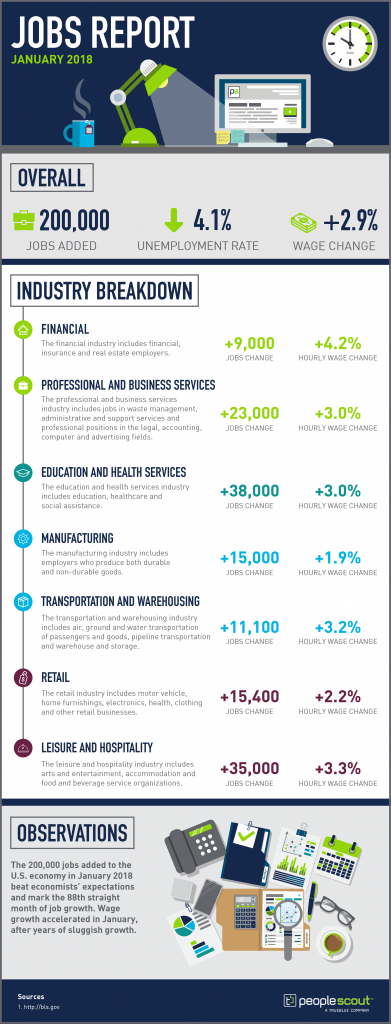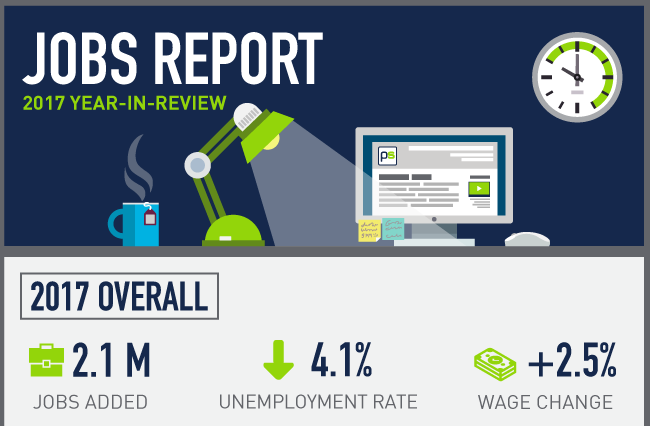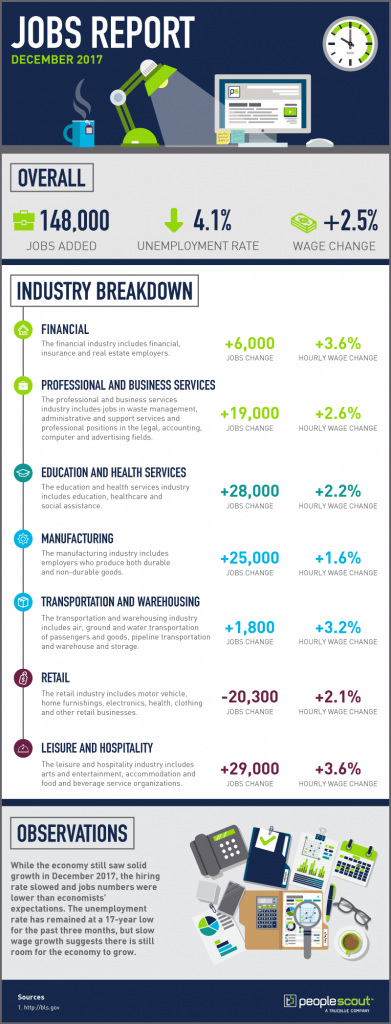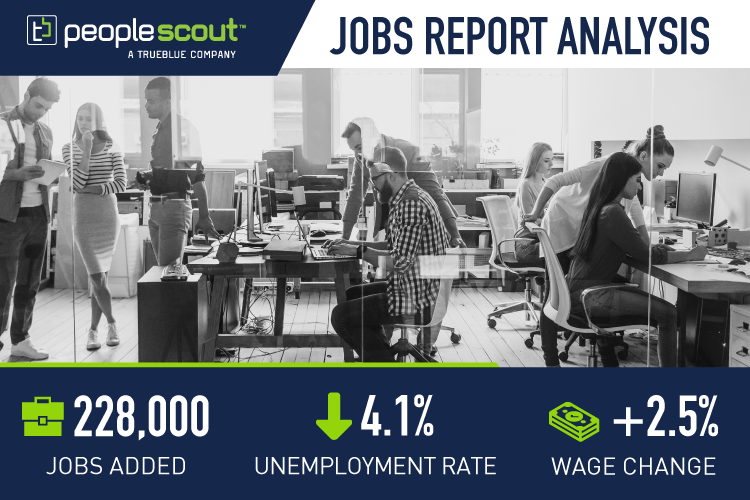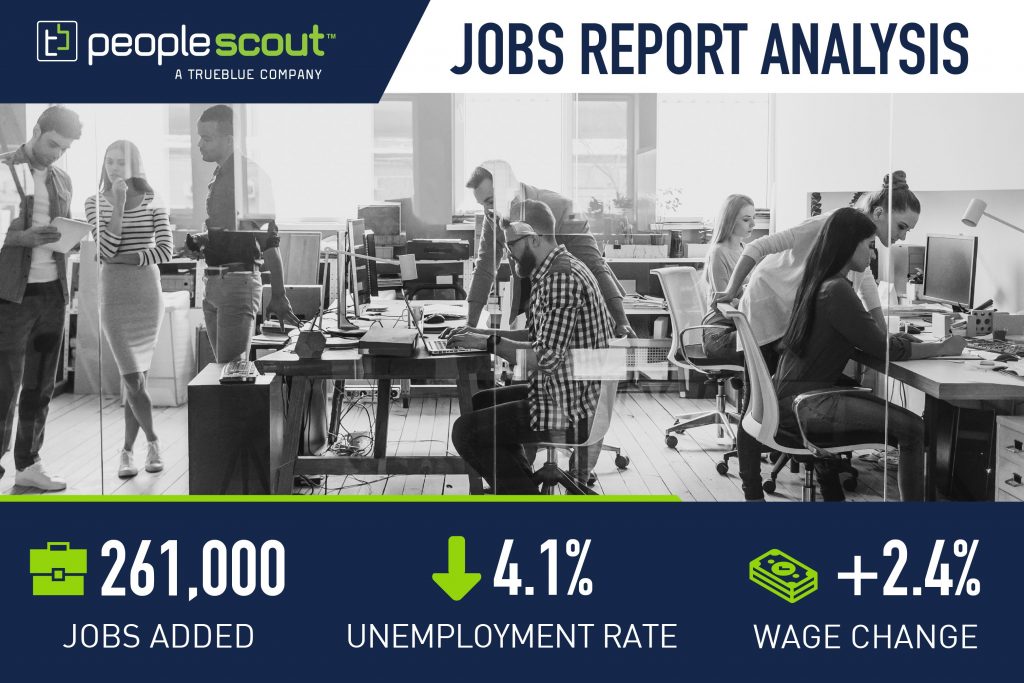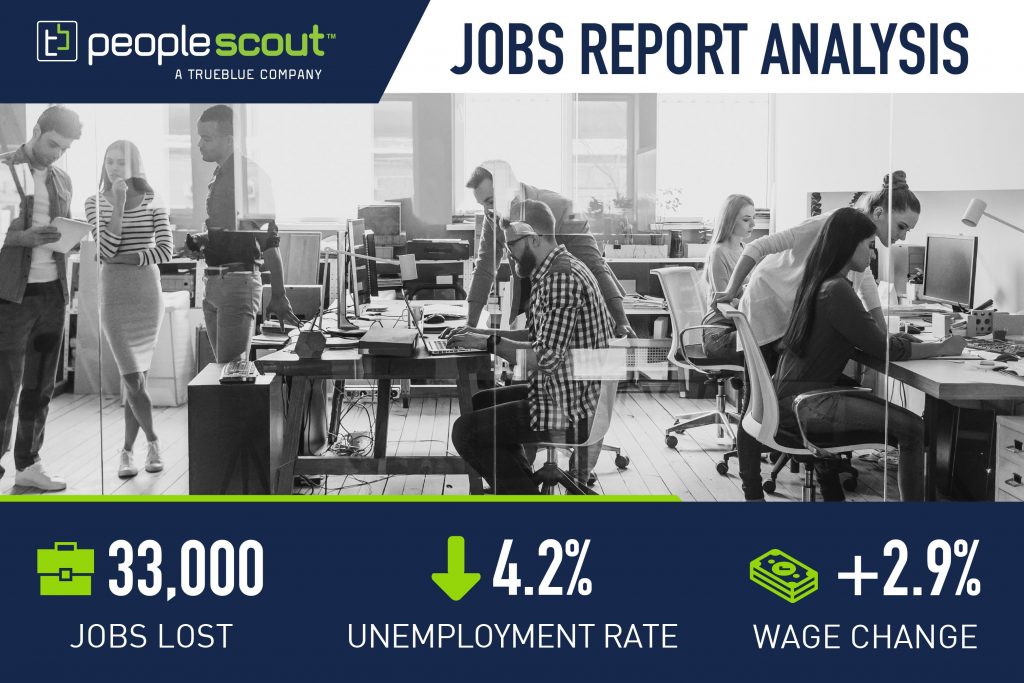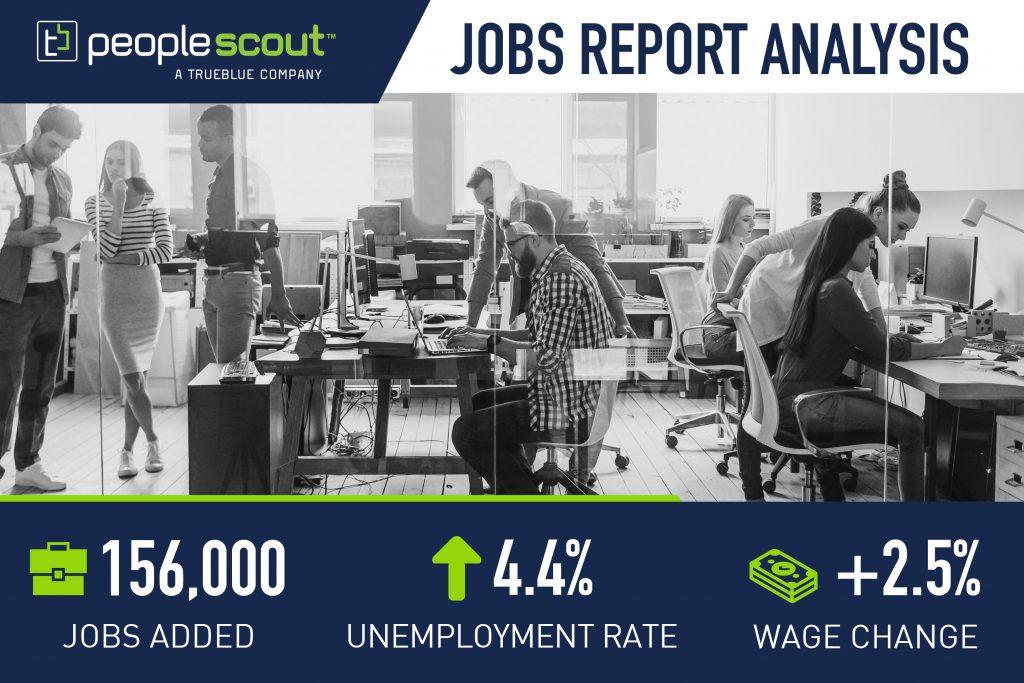A Managed Service Provider (MSP) takes on primary responsibility for managing the entire lifecycle of an organization’s contingent workforce program. The MSP is the central point of contact for hiring managers and staffing agency suppliers. The typical responsibilities of an MSP include overall program management, standardizing processes, regulatory compliance, reporting and tracking, supplier selection and management, order distribution, and consolidated billing across program suppliers.
A successful MSP program is designed and implemented to drive ongoing cost savings, scale based on hiring volume, locations and skills, configure and manage VMS technology to provide reporting and visibility, and create separation between the supplier management and operations teams.
When an organization chooses to engage with an MSP to manage their contingent workforce, many factors may come into play. Here are some of the key drivers for working with an MSP provider.
1. Cost
MSPs help control and reduce costs associated with the contingent workforce through leveraging spend across the supplier network, creating bill rate and markup reductions and discounts, identifying and controlling rouge spend and enhancing visibility into wage rates and market analysis.
Cost concerns may include:
- Markup inconsistencies across the supplier network
- Staffing volume not being leveraged
- Higher than market rates
- Wage rate variation across the supplier network
- Lack of usage controls
- Administrative costs
Visibility is the key to managing contingent workforce and supplier spend. MSPs can leverage VMS technology and workforce productivity metrics as well as informed analysis and standardized processes to keep costs under control. Expertise in approval hierarchies, budget limit management and overtime reduction provides additional cost control, and detailed analytics identify off-program spend and workforce inefficiencies that present ongoing opportunities for enhancing performance.
2. Compliance
Many companies choose to work with an MSP because they have concerns about risk or recent legal issues related to compliance.
Those concerns may include:
- Preferred suppliers not being used
- Lack of compliance with corporate policies
- Inconsistent on and offboarding procedures
- Safety and security policies not being enforced
- Standard accounting practices are followed inconsistently
MSPs should work closely with each client to build a customized governance model based on the client’s operation that links visibility (in the form of detailed metrics) to compliance performance. This governance model provides the framework for assessing supplier compliance. Regular compliance reviews of timekeeping, invoice accuracy, wage and hour law compliance and more ensure adherence to compliance standards. Clients value and trust MSPs to protect them from compliance issues that can impact their bottom lines and brands.
3. Risk
Risk protection is another key driver behind the adoption of an MSP program.
Risk factors can include:
- Inconsistent contract terms
- Inadequate indemnification
- Employment eligibility risk
- Misclassification risk
- Inconsistent safety policies
- Excessive OSHA incidents
MSPs are responsible for managing and mitigating risk for organizations from both the supplier and worker perspective. MSPs manage risk on the supplier side by ensuring suppliers have the proper insurance and indemnification, monitoring performance and overseeing timekeeping and invoice accuracy. MSPs also mitigate risk related to workers themselves through conducting drug testing, background screening and skills assessments and determining worker eligibility.
A proven, multi-platform risk mitigation strategy should include every aspect of the supplier and contingent labor management process. Comprehensive pre-screening and onboarding best practices are designed to drive compliance and mitigate co-employment risk and include drug testing, worker eligibility, skills assessments, wage rate, bill rate and performance ratings. Enterprise-wide independent contractor (1099) risk assessments enable clients to understand their exposure and provide strategies for independent contractor replacement or migration to W-2 status as necessary.
4. Supplier Management
One of the most challenging parts of managing a contingent workforce in-house is supplier management.
Some of the key supplier management concerns include:
- Supply base not optimized
- Lack of quantitative performance metrics
- Performance targets not being met
- Diversity goals not being achieved
Effective supplier partnerships require a consultative partnered approach and shared best practices across the network. An MSP can support supplier growth by communicating changing business conditions and notifying suppliers of forecasted labor demands. Many organizations have a strong focus on diversity initiatives, and the supplier base should be informed of those goals so they can respond accordingly. MSPs also handle the contract and compliance management across the supplier network, to ensure organizations are protected from compliance and risk issues.
MSP programs use a variety of different ways to build a high performing supplier network for clients. MSPs measure performance through monthly supplier scorecards, schedule performance-based meetings as needed and use RFPs to drive competitive pricing.
MSPs can evaluate suppliers on items such as reconciliation, audit scores and performance against their Service Level Agreements (SLAs). Develop action plans and coach suppliers on ways to improve service and compliance to help suppliers maintain first-tier vendor status while delivering improved ROI to clients.
Survey vendors on how the program could work better for them and what they need to improve performance. MSPs provide access to robust reporting that covers open and closed requisitions, fill rate, time to fill, missing timecards, invoice status and other data that allows vendors to manage their businesses for improved profitability. By sharing these data, the evaluation process is transparent, fostering good working relationships and ensuring that all stakeholders are working towards a client’s business objectives.
5. Process
Companies with low levels of visibility into spend and reporting benefit significantly from working with an MSP.
Critical needs related to process include:
- Lack of clarity
- Process inefficiencies
- Lack of controls
- High degree of administrative burden
- Inadequate reporting and analysis
- Insufficient hiring manager satisfaction and program adoption
Keeping the “big picture” in mind, post-implementation is essential to generating consistent program enrichment and improvement. Establishing strong governance helps create and maintain an MSP program that is responsive to emerging needs, expansions, growth and change. This is especially true for programs that span a wide range of contingent and outsourced services across multiple countries.
Governance is separate from day-to-day management – a solid governance strategy sets expectations for the MSP program, defining authority and creating the means to verify overall performance with the necessary controls, tools, competencies and communication. Think of governance as management of the program management.
Designing and implementing a comprehensive governance model that defines key factors to drive continuous improvement includes:
- Governance responsibility within the client organization
- Program management, including program mandate, management of the VMS, vendor sourcing and contract management
- Client governance structure and relationship with the MSP
Once a governance plan is in place, the client can formally evaluate an MSP’s performance to ensure that the program adapts and evolves to meet changing best practices and business objectives.
Benefits of Engaging a Managed Service Provider
Immediate ROI: An MSP delivers early ROI by driving down bill rate and markups. As the solution matures and the client service team gains greater insight into daily operations, savings are realized in a more integrated manner.
Continuous Improvement: A program manager creates process improvements in onboarding, safety, time capture and other areas that save money.
Performance Metrics: MSPs baseline performance metrics, track improvements and quantify business issues, such as the cost of turnover and the lost productivity that follows.
Reduced Turnover: Cutting turnover yields tangible savings, which is just one way that detailed analytics and metrics drive ROI and optimal performance throughout the life of the MSP program.
Management of all Contingent Categories: MSP solutions support temporary, temp-to-hire, direct hire, independent contractor (1099) administration and statement of work (SOW) engagements. They also provide learning and development functions and other sophisticated services across all skill categories and geographies.
Competitive Advantage: MSPs not only manage staffing suppliers and services spend, but also manage the workforce to streamline operations to scale and match business cycles and offer clients a competitive advantage.
Evaluating your contingent workforce program against these five drivers will help you determine if engaging with an MSP is right for you.
